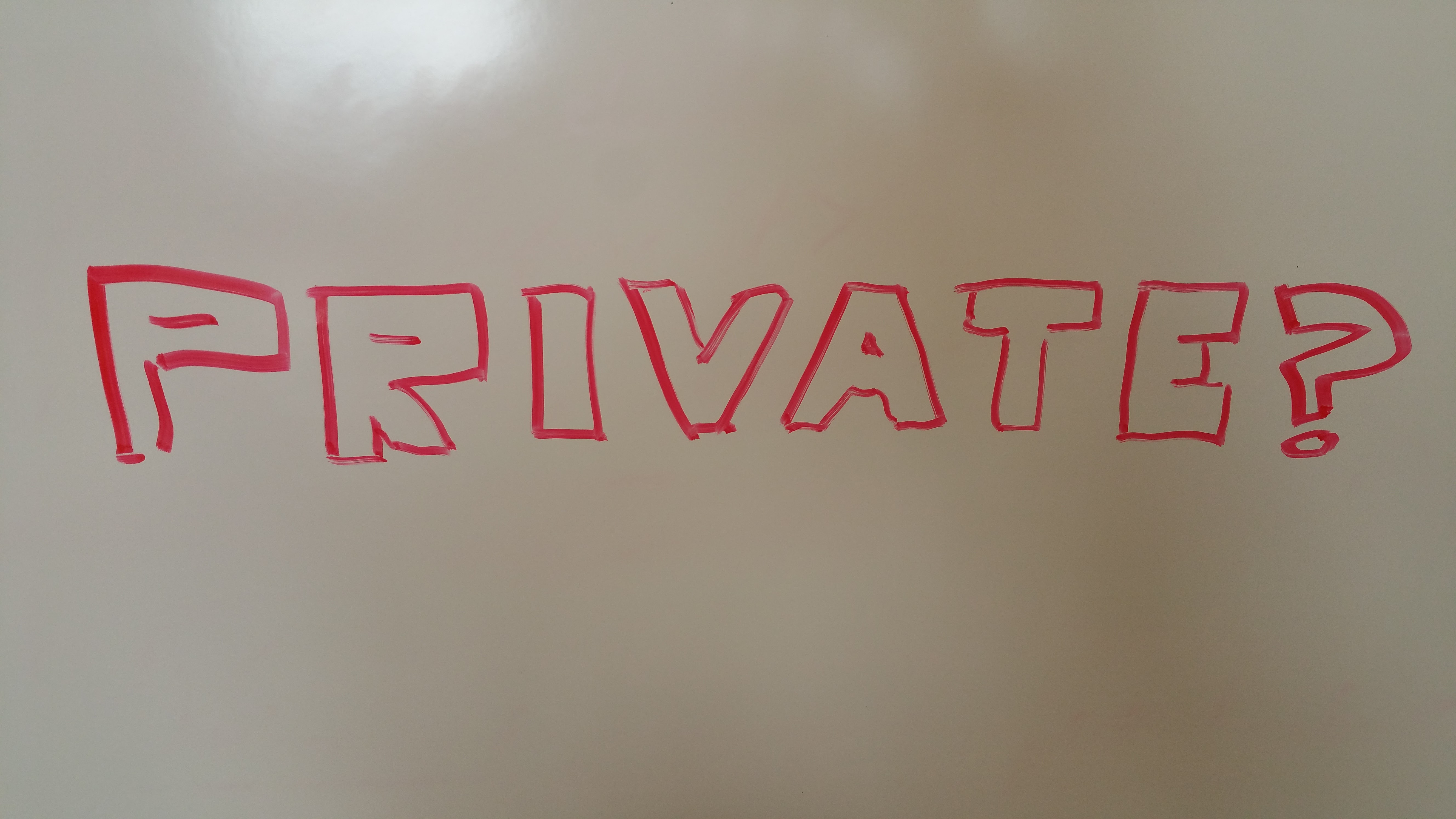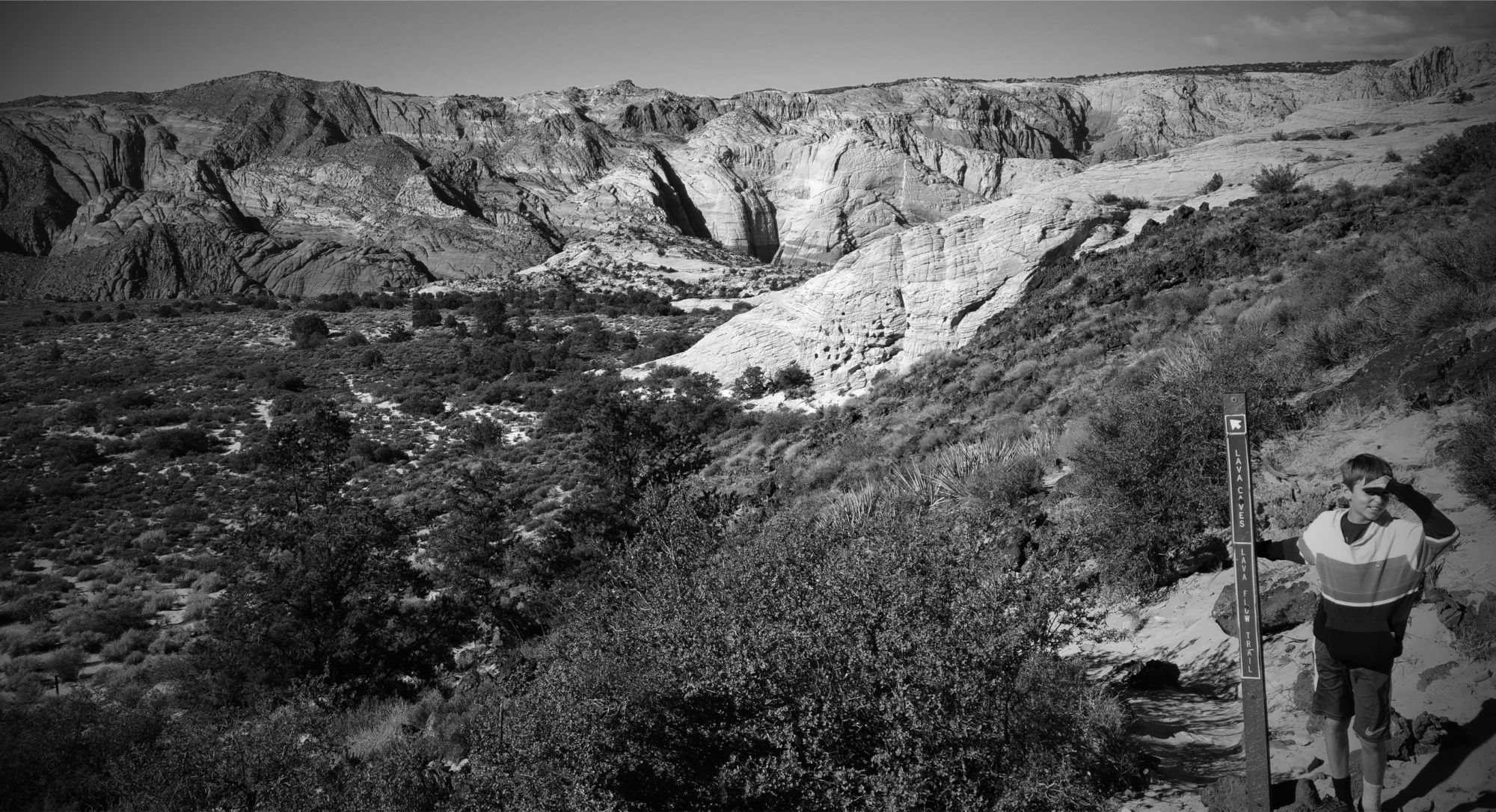
In many Utah premises liability personal injury cases, the person who is injured on real property is often told they should have avoided the object or situation that injured them because it was “open and obvious.” The Utah Supreme Court reiterated the “open and obvious danger rule” in Coburn v. Whitaker Construction Co. released in June 2019. Let’s dig in and see what the rule is and what it means for persons injured on real property.
The open and obvious danger rule provides that “[a] possessor of land is not liable to his invitees for physical harm caused to them by any activity or condition on the land whose danger is known or obvious to them, unless the possessor should anticipate the harm despite such knowledge or obviousness.” A mouthful; let’s break it down.
A “possessor of land” means a landowner, someone who leases the land, or potentially someone who manages the land for someone else. An “invitee” is the injured person. It is a legal term that means that you are legally allowed to be where you were– that you were not a trespasser. Different rules apply to trespassers. Finally, a “possessor of land” will not be liable for injuries occurring on their land if the alleged danger is “known or obvious” to the invitee (injured person) unless the landowner should anticipate the invitee getting injured despite knowledge of the risk or the obviousness of the risk of harm.
The Coburn case provides a nice example to illustrate the rule. The injured person in Coburn was a woman who went hiking on the Kay’s Creek trail system in Layton, Utah. The city was having Whitaker Construction do some work near the trail network and Whitaker blocked off a trail to keep trail users away from the construction site. Whitaker placed large orange cones on each side of the trail and stretched plastic orange construction netting between the cones as a way to warn trail users from using the trail (but not necessarily to absolutely block access). Whitaker also placed a sign at the trailhead stating that a portion of the trail system was closed to the public. Coburn read the sign and went hiking on the trails. When she reached the blocked trail, the netting had been trampled and was laying across the trail a few inches off the ground. She saw the netting but proceeded to try and step over it to access the closed trail on the other side. While attempting to step over it, her foot became caught in the netting and she fell, injuring her arm and shoulder.
The court determined that combination of the sign, netting, and cones was an open and obvious danger or risk. There were other trails for hikers to use and the netting across this trail could have been avoided or crossed by a reasonably careful person. Also, there were paths around the netting and Coburn walked back over the netting after getting injured. The trial court held that there was “no evidence that Whitaker should have expected (or anticipated) that Ms. Coburn, or any other member of the public choosing to cross or go around the fencing[,] would not do so safely.”
“If the open and obvious danger rule applies, then the land possessor owes no duty to its invitees with respect to the open and obvious danger and therefore cannot be held liable for any injury caused thereby.”
The point is this: you are responsible for your own safety. We all take risks all the time. We skip down stairs two-at-a-time; we jump over puddles; we go mountain biking, trail running, repelling, and float rivers. Landowners are not the guarantors of your safety. There are situations that call for responsibility, however, where the risk or danger posed is open and obvious or if you are aware of the risk, the landowner likely is not liable if you get hurt. Even an open and obvious risk can lead to liability for various reasons (such as “extreme” risk, unexpected elements of risk, etc.).
The problem with making a determination whether the landowner is or should be liable for your injuries is that it requires a close analysis of the facts and circumstances and a knowledge of the law that applies. If you have been hurt or injured on someone’s property, I recommend that you consult with an attorney to determine whether the landowner may be liable or should share in the liability.
There are issues and nuances in tort law that are certainly not addressed here. If you have questions, you should get specific legal advice. If you would like more information or would like a free consultation about your injury case, call me, Utah attorney Ken Reich, directly. I have represented individuals and landowners in such matters and disputes involving torts of all kinds. Using my many years of experience and backed by a firm of legal specialists, I can help you or your company evaluate your situation and help you make smart decisions about your life or business that will best fit your circumstances.

